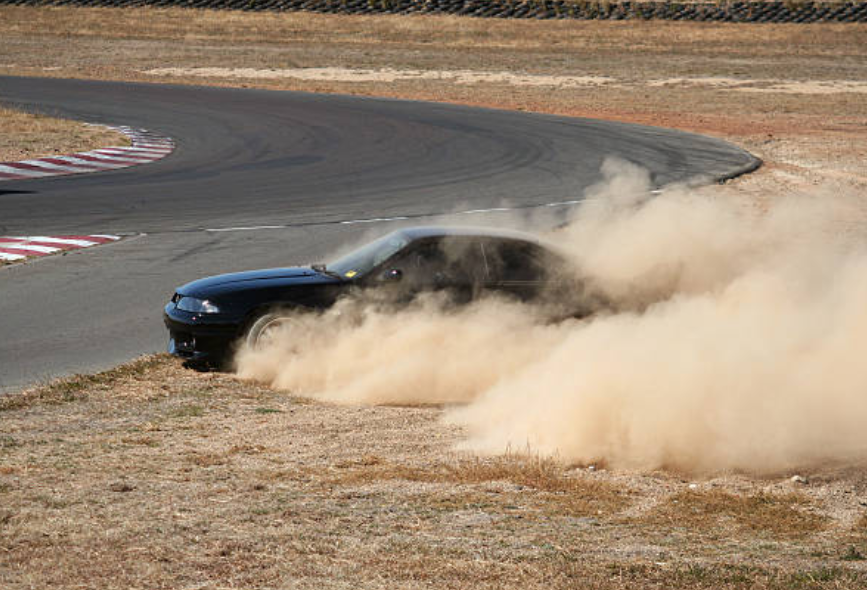What is Understeer: A Comprehensive Guide
Within the realm of automotive discussions, the term 'understeer' is commonly used, particularly when addressing aspects of car handling and performance. However, what precisely does understeer entail? How does it impact your driving encounter? And, of greater significance, what measures can be taken to rectify it? This blog post aims to explore the concept of understeer, addressing these inquiries comprehensively.

What is Understeer?
Understeer, in straightforward terms, manifests when your vehicle, particularly during a turn, fails to respond to steering inputs as anticipated. Rather than obediently following your intended trajectory, the car tends to persist in a straighter path, leading to a deviation from the desired course and potentially causing you to miss the intended turn. The genesis of this phenomenon lies in the front tires losing traction before the rear ones, resulting in an imbalance in the distribution of grip between the two sets of wheels.

Understeer may arise from various factors, encompassing:
-
Speed: Entering a corner at an excessive speed can induce understeer. The car's momentum inclines it to proceed in a straight trajectory, overpowering the tires' grip capability.
-
Tire Pressure: Incorrect tire pressure is a contributory factor. Insufficient air pressure in the front tires relative to the rear ones can compromise their ability to grip the road effectively, exacerbating understeer tendencies.
-
Weight Distribution: An imbalanced distribution of weight, particularly with more weight over the front wheels (typical in front-engine vehicles), can foster understeer dynamics.
-
Suspension Setup: The configuration of your car's suspension system is a critical determinant. Notably, a rigid front suspension or a soft rear suspension can influence and potentially induce understeer during driving maneuvers.

In the event of experiencing understeer while driving, it is essential to follow specific steps to regain control of the vehicle. Initially, ease off the accelerator to reduce speed, enabling the front tires to recover traction and facilitating the turning process. It's crucial to resist the instinct to brake forcefully, as this can intensify the understeer by shifting more weight to the front of the car.
Instead, opt for gradual and controlled braking. If the understeer persists and the turn is not being executed as intended, consider steering into the skid. This counterintuitive maneuver involves turning the wheel in the direction you wish to go, aiding in aligning the vehicle with the desired path and mitigating the effects of understeer.
-
Is understeer affected by road conditions?
Yes, understeer can be influenced by road conditions, such as wet or icy surfaces, which reduce tire traction. Adverse weather conditions can exacerbate understeer, emphasizing the importance of cautious driving and adjusting speed accordingly.
-
Are there performance benefits to understeer?
While understeer is generally considered a less favorable handling characteristic, mild understeer can provide stability and predictability, making a vehicle more forgiving for everyday driving. However, achieving a balanced and neutral handling setup is often the goal for high-performance driving.
See more article here: Top 10 Transmission Coolers For Peak Performance















